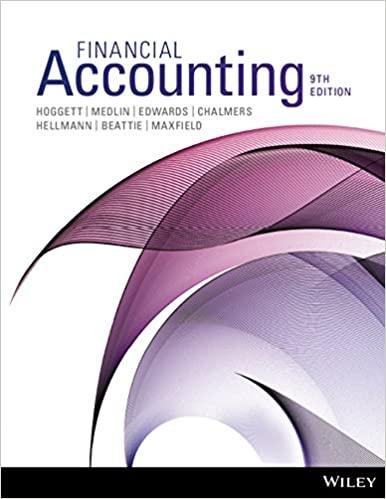


! Required information [The following information applies to the questions displayed below.) Warnerwoods Company uses a periodic inventory system. It entered into the following purchases and sales transactions for March. Units Sold at Retail Units Acquired at Cost 165 units @ $55 per unit 465 units @ $60 per unit 485 units @ $90 per unit Date Activities Mar. 1 Beginning inventory Mar. 5 Purchase Mar. 9 Sales Mar. 18 Purchase Mar. 25 Purchase Mar. 29 Sales Totals 250 units @ $65 per unit 330 units @ $67 per unit 290 units @ $100 per unit 775 units 1,210 units For specific identification, the March 9 sale consisted of 70 units from beginning inventory and 415 units from the March 5 purchase; the March 29 sale consisted of 105 units from the March 18 purchase and 185 units from the March 25 purchase. 3. Compute the cost assigned to ending inventory using (a) FIFO, (b) LIFO, (c) weighted average, and (d) specific identification. (Round your average cost per unit to 2 decimal places.) a) Periodic FIFO Cost of Goods Sold Ending Inventory Cost of Goods Available for Sale Cost of Cost per # of units Goods unit Available for Sale # of units Cost per sold unit Cost of Goods Sold # of units in ending inventory Cost per unit Ending Inventory Beginning inventory Purchases: March 5 March 18 March 25 Total b) Periodic LIFO Cost of Goods Sold Cost of Goods Available for Sale Cost of Cost per # of units Goods unit Available for Sale # of units Cost per sold unit Cost of Goods Sold Ending Inventory # of units Cost per Ending in ending unit inventory Inventory Beginning inventory Purchases: March 5 March 18 March 25 Total c) Average Cost Cost of Goods Sold Ending Inventory Cost of Goods Available for Sale Cost of Average # of units Cost per Goods Available unit for Sale # of units sold Average Cost per Unit Cost of Goods Sold # of units Average in ending Cost per inventory unit Ending Inventory Beginning inventory Purchases: March 5 March 18 March 25 Total d) Specific Identification Cost of Goods Available for Sale Cost of Goods Sold Ending Inventory # of units Cost per unit Cost of Goods Available for Sale # of units Cost per sold unit Cost of Goods Sold # of units in ending inventory Cost per unit Ending Inventory Beginning inventory Purchases: March 5 March 18 March 25 Total









